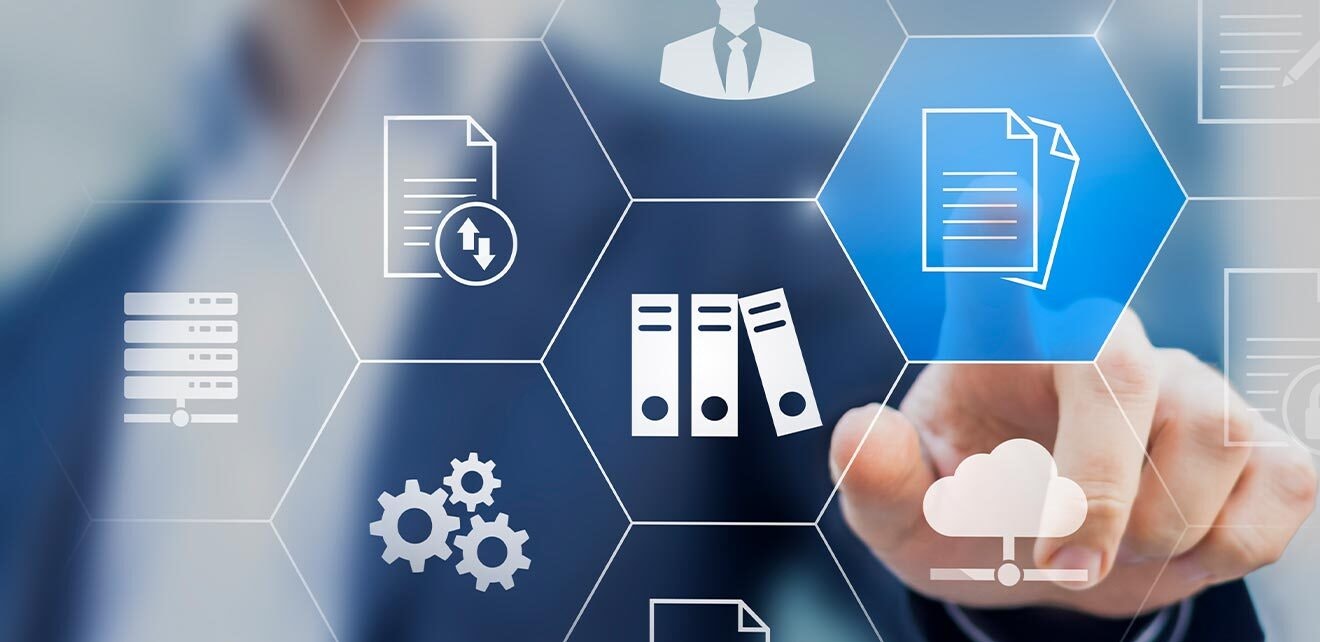-
About
- About Listly
- Community & Support
- Howto
- Chrome Extension
- Bookmarklet
- WordPress Plugin
- Listly Premium
- Privacy
- Terms
- DMCA Copyright
- © 2010-2025 Boomy Labs

Listly by Tanya B B
Enterprise Resource Planning (ERP) refers to a software system that helps businesses manage various aspects of their operations, such as accounting, supply chain management, inventory control, human resources, and customer relationship management. ERP integrates all of these functions into a single system, providing real-time visibility into business processes and data.
ERP systems typically have a centralized database that allows different departments and functions within a company to share information and collaborate more effectively. This can lead to improved efficiency, increased productivity, and better decision-making.
ERP software is customizable, allowing businesses to tailor the system to their specific needs and workflows. It is also scalable, meaning it can grow and adapt as the business expands or changes over time.
Overall, ERP systems help businesses streamline their operations, reduce costs, and improve their ability to respond to changes in the marketplace.

What is ERP? The acronym ERP stands for enterprise resource planning. It refers to the systems and software packages used by organizations to manage day-to-day business activities, such as accounting, procurement, and manufacturing.

What is an ERP System? / Software? At its most basic level, it helps you efficiently manage all of your processes within an integrated solution.

Enterprise resource planning (ERP) is software used by a company to manage key parts of operations, including accounting and resource management.

What is ERP? ERP stands for enterprise resource planning – and it can help you run your entire business, including finance, HR, manufacturing, and more.

ERP, or enterprise resource planning, refers to the integrated management of core business processes. This is typically accomplished through the use of software and technology, allowing for real-time monitoring and data interpretation. ERP software is generally viewed as a suite of integrated applications that can collect, store, manage, and analyze data from various business activities. These systems can be either locally installed or cloud-based, depending on the organization's needs and preferences.

We’ve gathered and analyzed many studies and surveys over the past year to bring you this collection of facts and statistics you should know about the state of enterprise resource planning today.

Everyday I speed through the web looking for the latest on ERP. I decided it was time to stop being so selfish and share some of the best ERP blogs with you.